On a recent Saturday this summer, comics writer Mark Russell got up early and made his way through a crowded convention center to a folding table piled high with his graphic novels. Batman, Superman, billionaire-skewering indie books. Russell sat behind stacks of them and got ready to spend a full day meeting new readers.
But Russell was not at San Diego Comic Con, the premiere summer comics event. Russell was not at a comics show at all, actually — he was at the American Library Association Annual Conference. And he wasn’t alone. Dozens of other creators and publishers were there too. And, most notably, several of them were calling it the top event of the year for getting graphic novels to new audiences.
In the past 20 years or so, a sea change has swept over comics and book events. Comic cons have evolved into giant pop culture spectacles, powered by new film announcements and photo ops with Hollywood stars, rather than actual comics. At the same time, the long-held stigma around comics has faded inside traditional book spaces, with readers of all ages looking for graphic novels at libraries. And as a result, the annual library show has become vital to selling comic books.
At a typical comics show, Russell said, “the people who like you are already buying your books. The people who don’t like you are ignoring you. But you come here, to a librarians convention, and nobody knows who you are. So, you’re meeting potential new readers for the first time.”
 The Abrams and Oni Press booths at ALA
The Abrams and Oni Press booths at ALAWalking the show floor at ALA, one finds booths for indie publishers like IDW, BOOM! Studios, and Oni Press. One also finds a sizable presence by DC Comics, as well as a stage of programming dedicated to graphic novels and gaming, where publishers like Titan Comics brought creators to interact with attendees.
The benefit, as Russell noted, is not just meeting new readers, but meeting new readers who buy books professionally for hundreds of other potential readers across the country.
Leigh Walton — a senior editor with Top Shelf, an imprint of IDW Publishing — attended his first ALA in 2008. Back then, his table was smaller, and he had to convince folks that graphic novels were worth reading. These days, he no longer needs to — librarians now eagerly seek graphic novels.
Walton has a finely-honed speech for comics folks about why ALA is “the most important show of the year.”
At a comics show, especially one as big and flashy and expensive as San Diego, people go to see the things they already love, from movies to TV shows to exclusive toys. Not so at ALA.
“At ALA,” Walton said, “what they love is books. Period. And they are hungry for new names, new authors, and things their patrons are going to love in the coming year.”
This, of course, is useful for the business-side at comics publishers. But it is also useful for editorial. Another reason Walton preaches the value of ALA is that editors can have conversations with people who give out books for a living, people who listen to readers in communities — of all ages — and know about what they like and why.
“It’s really a game changer for publishing staff to attend this and understand who this customer is, or who this army of customers is,” Walton said.
 George Takei speaks with Meg Lemke at ALA 2025.
George Takei speaks with Meg Lemke at ALA 2025.And as ALA has become important to comics, so too have comics become important to ALA. At this year’s event, George Takei was a keynote speaker, discussing his new graphic memoir, It Rhymes With Takei (side note: Walton and Top Shelf brought a rainbow sticker to the show that read ALA rhymes with Takei, and getting one was a status symbol in the hall).
But Takei is not the first comics speaker the event has hosted.
Teenage Mutant Ninja Turtles co-creator Kevin Eastman spoke at ALA 2022 in Washington, D.C., where librarians lined the length of the convention center to get the first hard copies of The Last Ronin. Frank Miller spoke at ALA 2019, Gene Luen Yang was featured in 2017, and Rep. John Lewis spoke about his graphic novel memoir March in 2013. The list goes on.
ALA’s current president is Sam Helmick, the community and access services coordinator at Iowa City Public Library, where they supervise the graphic novel department. Helmick, themselves a long-time comics reader, has seen a spike in interest in graphic novels just in Iowa City, and the library’s most requested poster is titled Graphic Novels Are Real Books (see image below).
Helmick said that another thing changing is the idea that comics and graphic novels are a gateway to reading. That’s still true, but another idea has joined it — graphic novels can be an endpoint as well, and readers can continue picking them up into adulthood.
Comics are also great additions to the displays librarians create.
“We are always trying to motivate and engage and delight,” Helmick said, “and honestly a graphic novel is not successful if it doesn’t accomplish those things too. I think we do take a lot from each other in terms of inspiration that way.”
 Poster from Iowa City Public Library
Poster from Iowa City Public LibraryPaul Graller works for the events company, Hall-Erickson, and he plans the physical show floor for ALA each year. Graller said ALA is always evolving, reflecting what libraries look like nationwide, and in the past 10 years there has been major growth of comics at the show.
The show has its own artist alley, as well as an events stage for graphic novels and gaming, both of which weren’t there 20 years ago. Floor changes are generally based on surveys of librarians after each show, which just keep finding more demand for comics.
Graller said comics are still growing at ALA, and he thinks there are publishers — particularly small ones in the indie space — that would do well to consider attending. He stressed that the show tries to offer a wide range of options at different price points to accommodate them, too.
At this year’s show the comics folks were in a great mood. You definitely saw it at the Abrams booth. Jacq Cohen is Abrams’ director of marketing and publicity, and she has attended the show for 17 years, dating back to her time with Fantagraphics. John Jennings, meanwhile, is curating a new line of graphic novels for Abrams called Megascope, which covers speculative and non-fiction works by and about people of color (with a very cool name taken from the W.E. Du Bois short story, The Princess Steel). Jennings was attending for only his second time.
They were both thrilled, though. Cohen said she was loving that the challenge of the show had grown from explaining that comics were reading, to bridging readers from Raina Telgemeier to adult graphic novels.
Jennings, meanwhile, was excited to be discussing Megascope — which covers a wide range of genres, from sci-fi to fantasy to horror to history — with librarians, who had helped shape his own love of reading as a child. The librarians, he said, were eager to learn about his books and discover new things. It was, quite frankly, inspirational.
“I’ve only been here an hour,” Jennings said, “and it already feels like one of the best things I’ve ever done.”



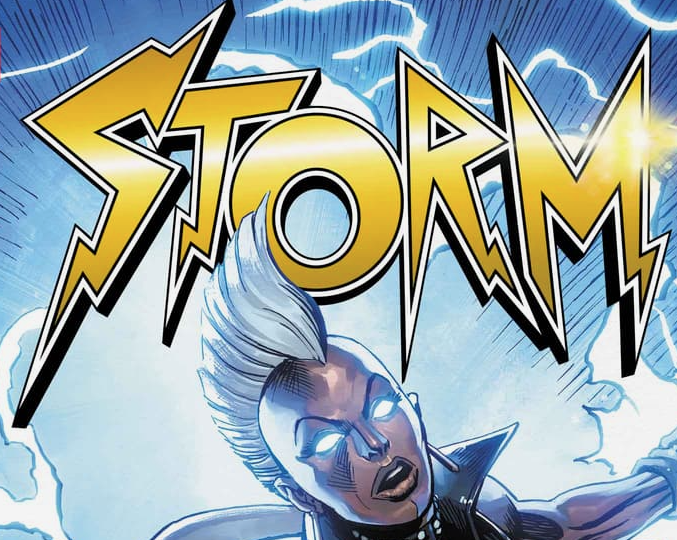
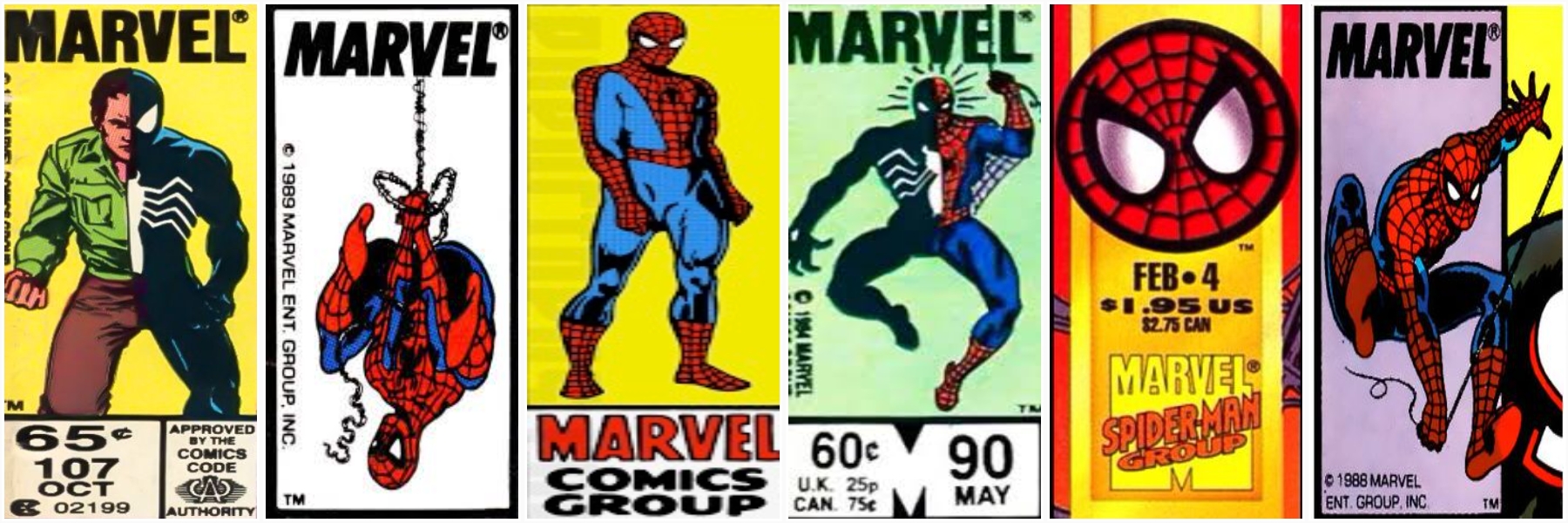

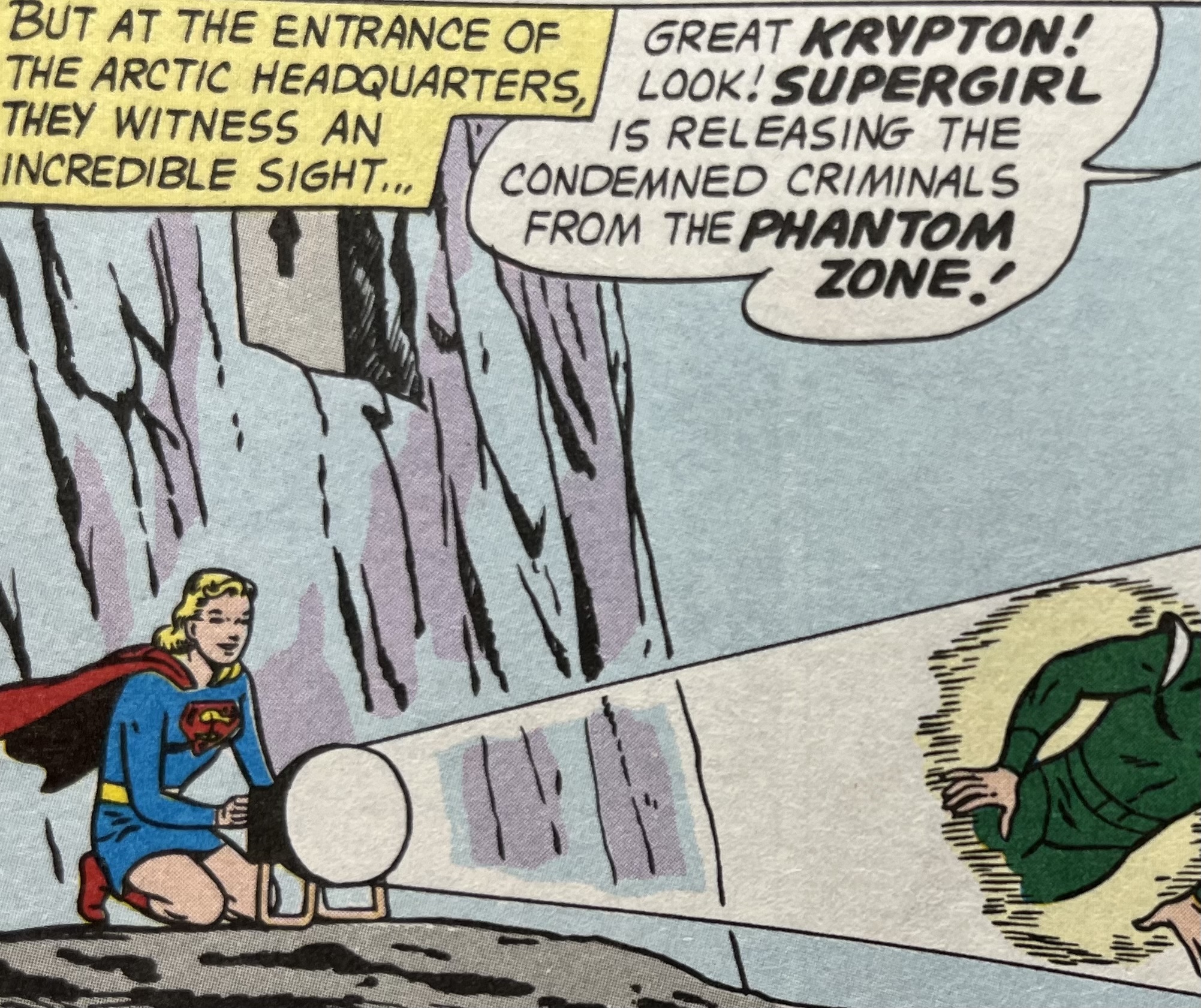
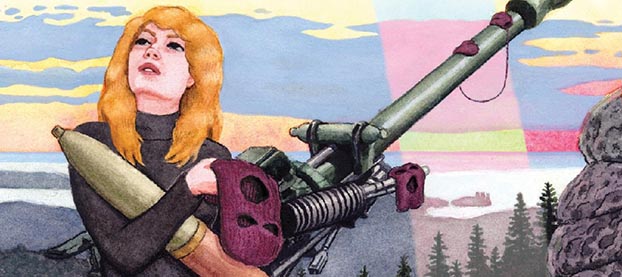
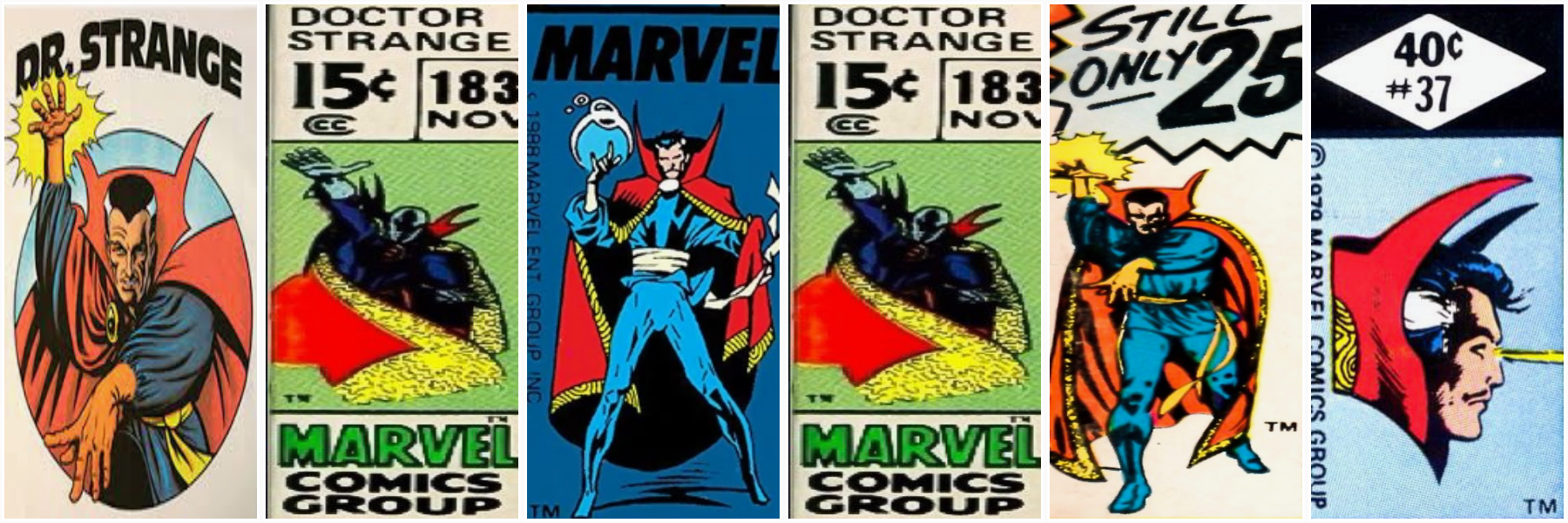




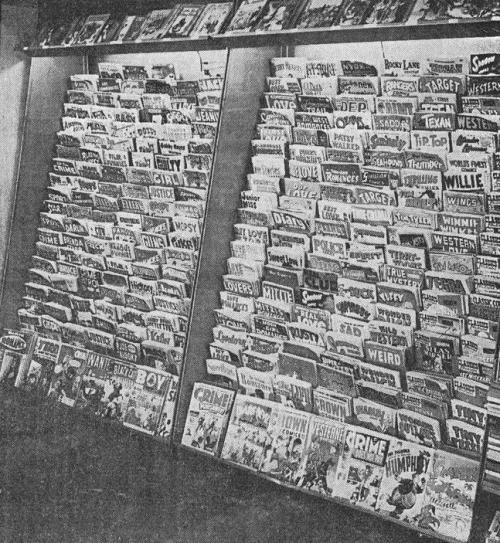
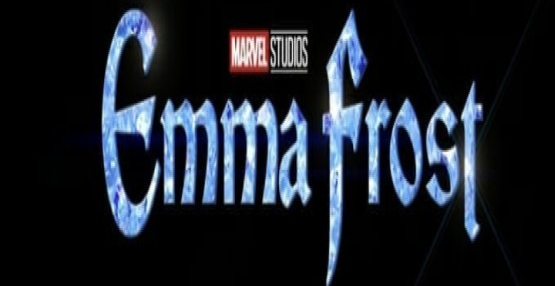



!["Superman" (2025) Brings Heart, High Stakes, and Surprising Twists [SPOILER-FILLED REVIEW]](https://www.supermansupersite.com/Superman_2025_Retro_Poster.jpg)

 English (US) ·
English (US) ·